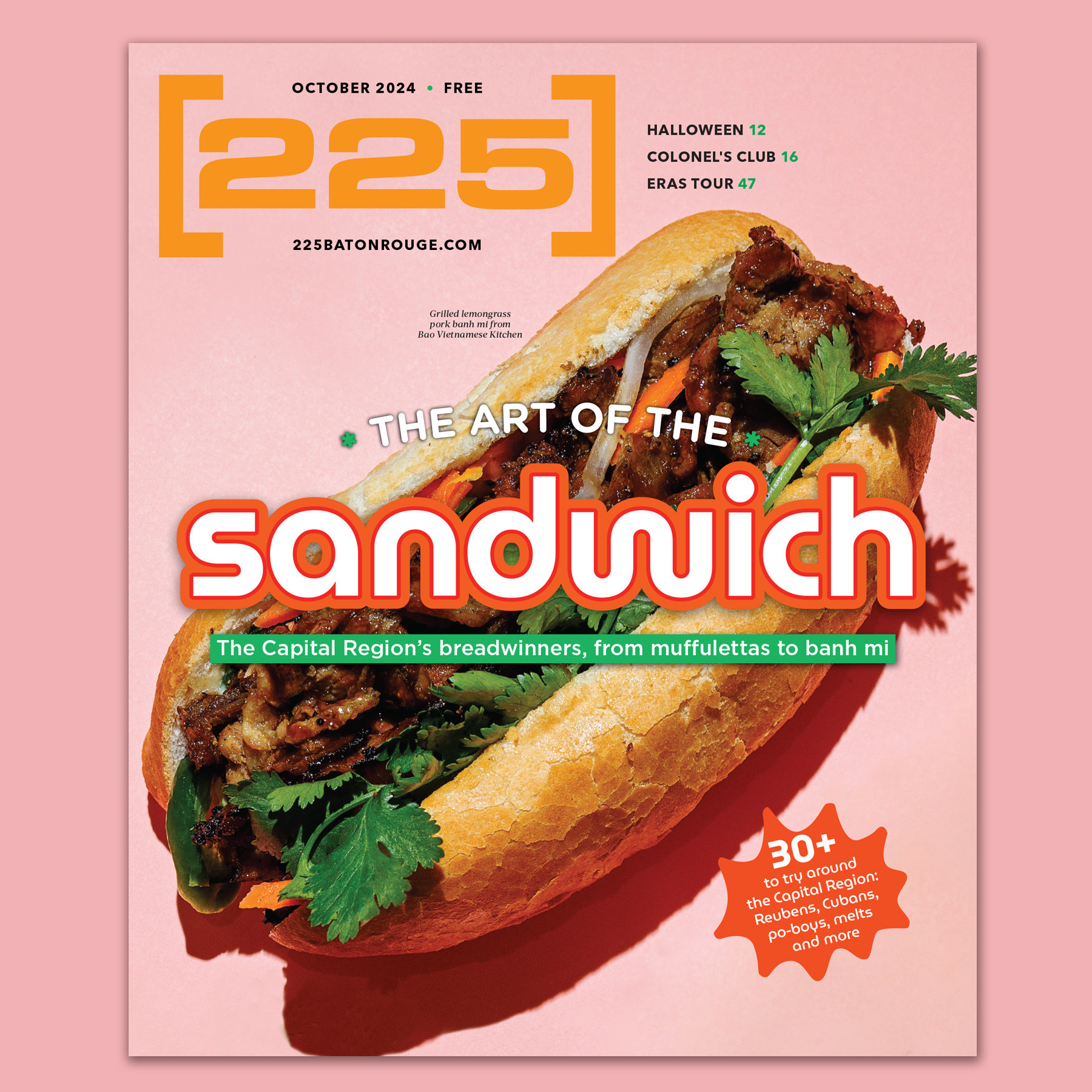Barstools. Cows were once milked and cared for where we now pour milk and care for our children. The cypress wood with black paint was original to the barn interior. Flea market finds in New Orleans such as these bar stools bring in age and texture. I love to make up stories about what kind of conversations went on around them, much different from the chitchat of Sponge Bob episodes between brothers at breakfast that goes on today.
French country cabinet. Natural textures and colors give a relaxed feel to the barn. The French country cabinet, with its bubbled glass and intriguing blue interior, holds many of our most cherished American Indian art objects: pottery, Hopi kachina dolls, sand paintings and baskets, plus a few art projects made by our children.
Architectural drawing. This property plan was made in the 19th or early 20th century in New Orleans when land was sold publicly at auction. There is a great body of these types of drawings in the New Orleans Notarial Archives.







